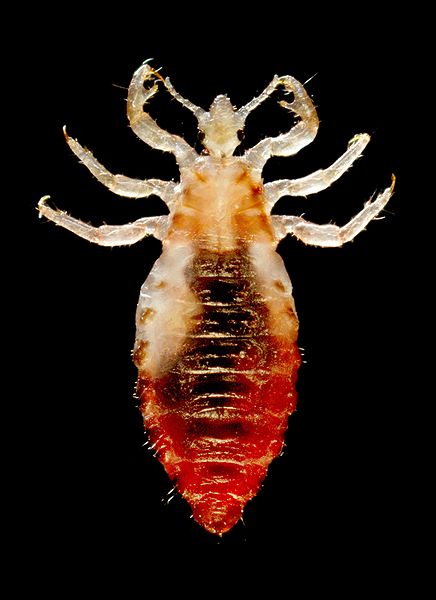Science News
The Louse Genome
June 25, 2010

Bet you’ll be itching by the end of this article…
Researchers announced this week that they have sequenced the genome of the body louse. Why give this parasitic insect the time of day by sequencing its genes?
A few reasons, actually.
Body lice can carry and transmit deadly diseases including typhus. In addition, researchers believe that information gleaned from the body louse genome will be useful for controlling the pest and its close cousin head lice, which have begun to resist current insecticides. (A 2007 Discover article about head lice describes that “A study found that as many as 80 percent of the bugs are immune to insecticides in over-the-counter shampoos, and resistance will only increase.”)
Sequencing the louse genome turned out to be relatively easy. A recent article in Discover put it this way:
It doesn’t take much to be a vile, bloodsucking pest. You, human, have three billion base pairs in your genome, but the body louse… carries just 108 million.
Even compared with other insects, the louse genome is quite simple. May R. Berenbaum, PhD, explained why on NPR earlier this week:
Lice can make do with a small number of genes because they've had what Berenbaum calls a “cushy existence” over their evolutionary association with humans. Because lice don't have to hunt for food and can simply look to their host, their genomes lack many genes that other insects would need to sense their surroundings.
Sequencing the genome, scientists found that lice can almost live on human blood alone. The missing ingredient? Vitamin B5. And without it, lice can’t survive. It just so happens that the louse gets this vitamin from bacteria living inside of its body. So the researchers sequenced the bacterium’s genome as well.
Hopefully knowing how what makes this parasite and its bacteria tick, scientists will help us in our battle against them.
You can stop scratching now.